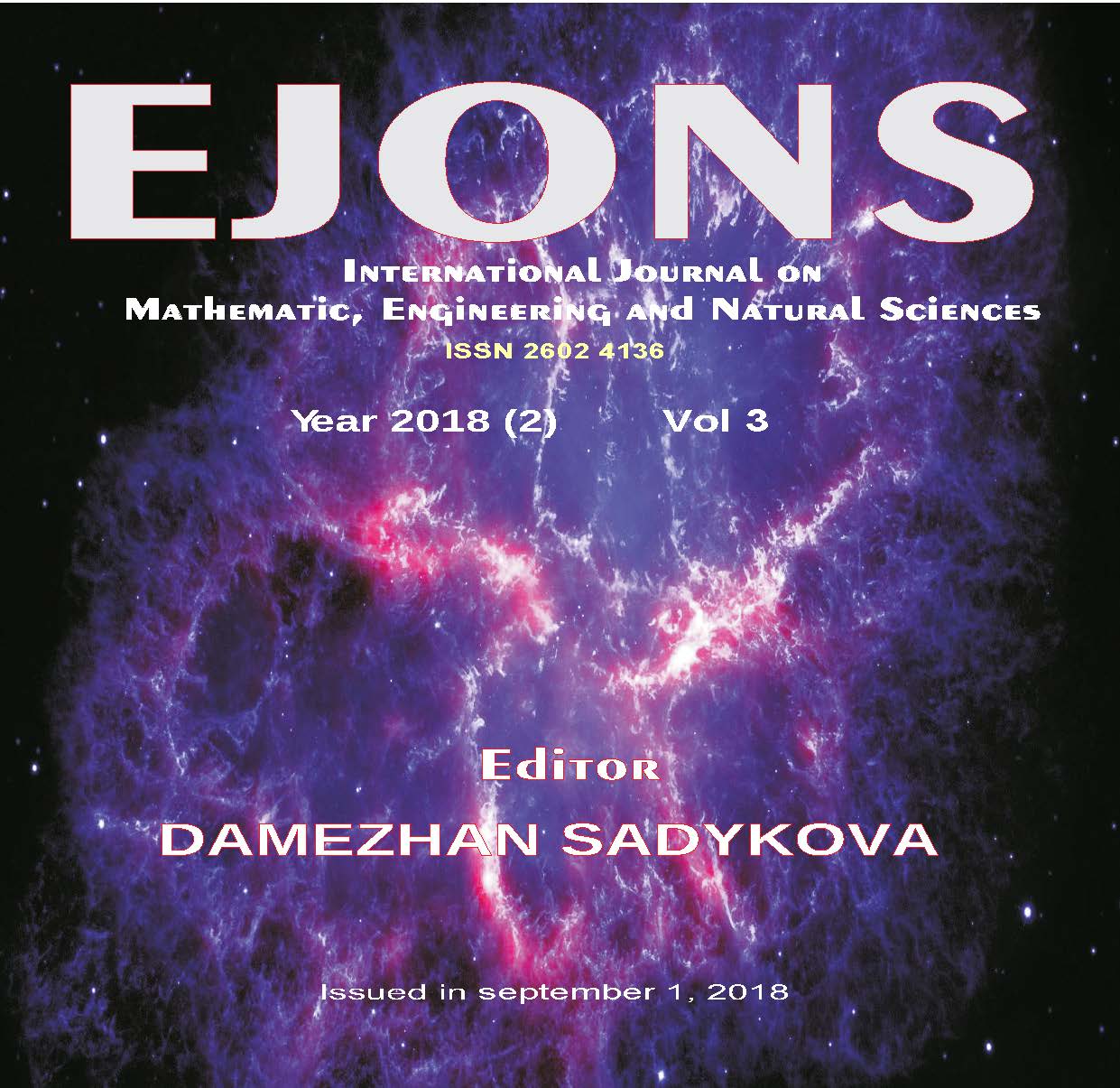ORIGAMIC POTENTIALS OF ISLAMIC GEOMETRIC PATTERNS: A CASE ON HEXAGONS
Keywords:
Islamic geometric patterns, Shape grammar, Generative forms, OrigamiAbstract
With the influence of Islamic art, generally geometric patterns are used in architectural ornamentations in the Islamic geography. The method of making/designing these old patterns are various, yet fundamentally, patterns are similar to each other and have similar qualities. Though the end products that obtained from these patterns seems very different and complex, inherently they have similar patterns. These patterns, which are composed of circles, creates a network on a single centered or multi-centered basis. The basic tools for creating geometric patterns are pencil, compass and ruler; usually, the patterns are based on the increasing and reproduction of a single unit to improve the overall design with the help of these tools. The most common models are; a circle is divided into six, eight and five parts, and there are 9, 11, 12 and 24 pointed stars in this category. Form grammars as a rule-based design method, are a frequently used method for understanding / analysing / representing geometric languages and patterns in many traditional and contemporary designs. It is possible to create a rule sequence for geometric compositions of shape grammars and patterns, and to derive a large number of design alternatives with the generated shape rules, and there are many studies made in this area. In this study, the potentials of "hinged dissections" are investigated by using the forms of "origami" art for compositions that obtained by examining grammatical rules of Islamic geometric patterns. For this purpose, in the first phase of the study, the development of the geometric patterns, especially the Islamic geometric polygonal pattern was investigated and the formation of these polygons were examined and new compositions were tried by focusing on the "star patterns" that frequently used in this field. The Islamic geometric patterns are accepted as a tessellation since they can work through the patterns of the work. Finally, the hingability of these tessellations with the methods of origami has been investigated and a discussion has been developed through the case models.
Downloads
Published
How to Cite
Issue
Section
License

This work is licensed under a Creative Commons Attribution-NonCommercial 4.0 International License.


